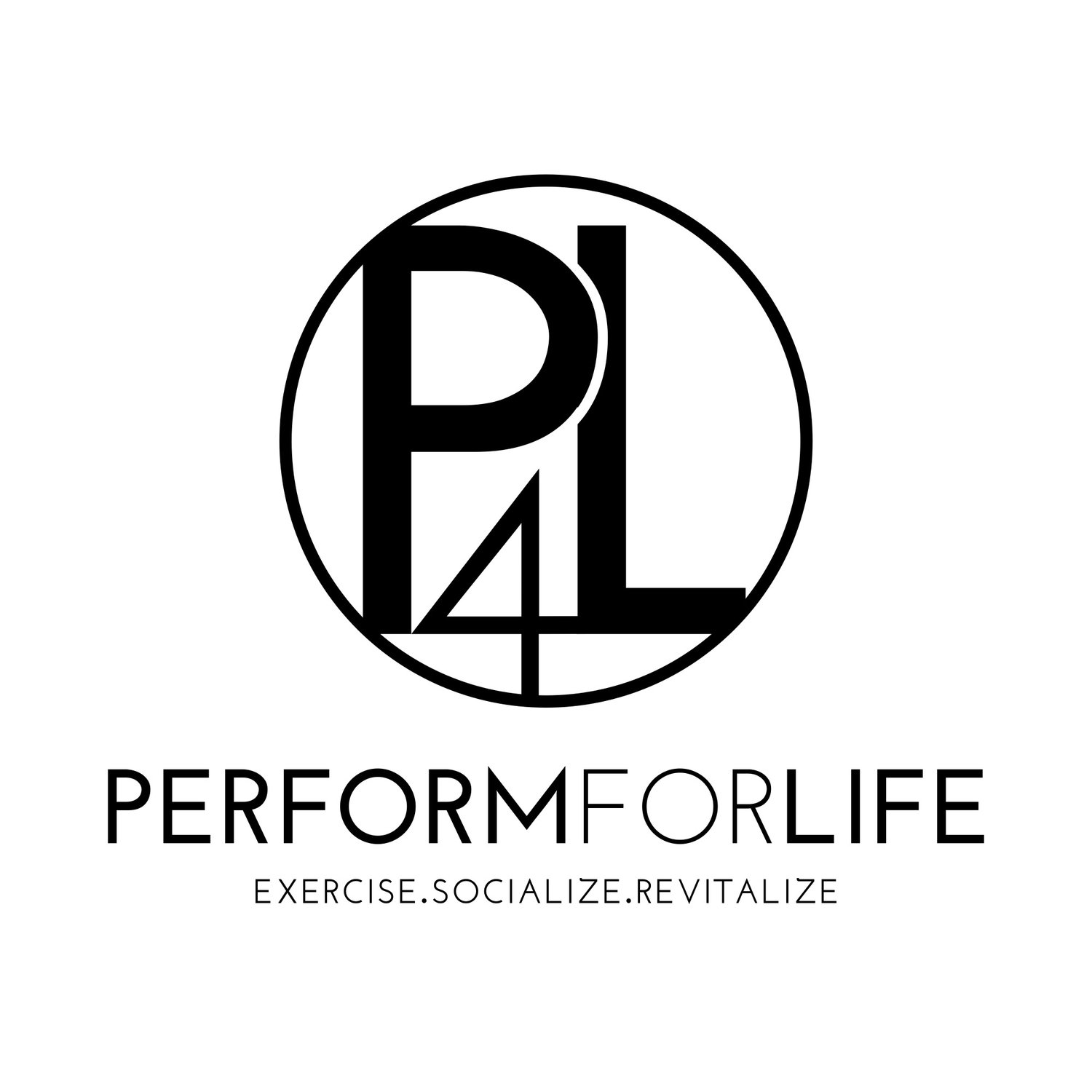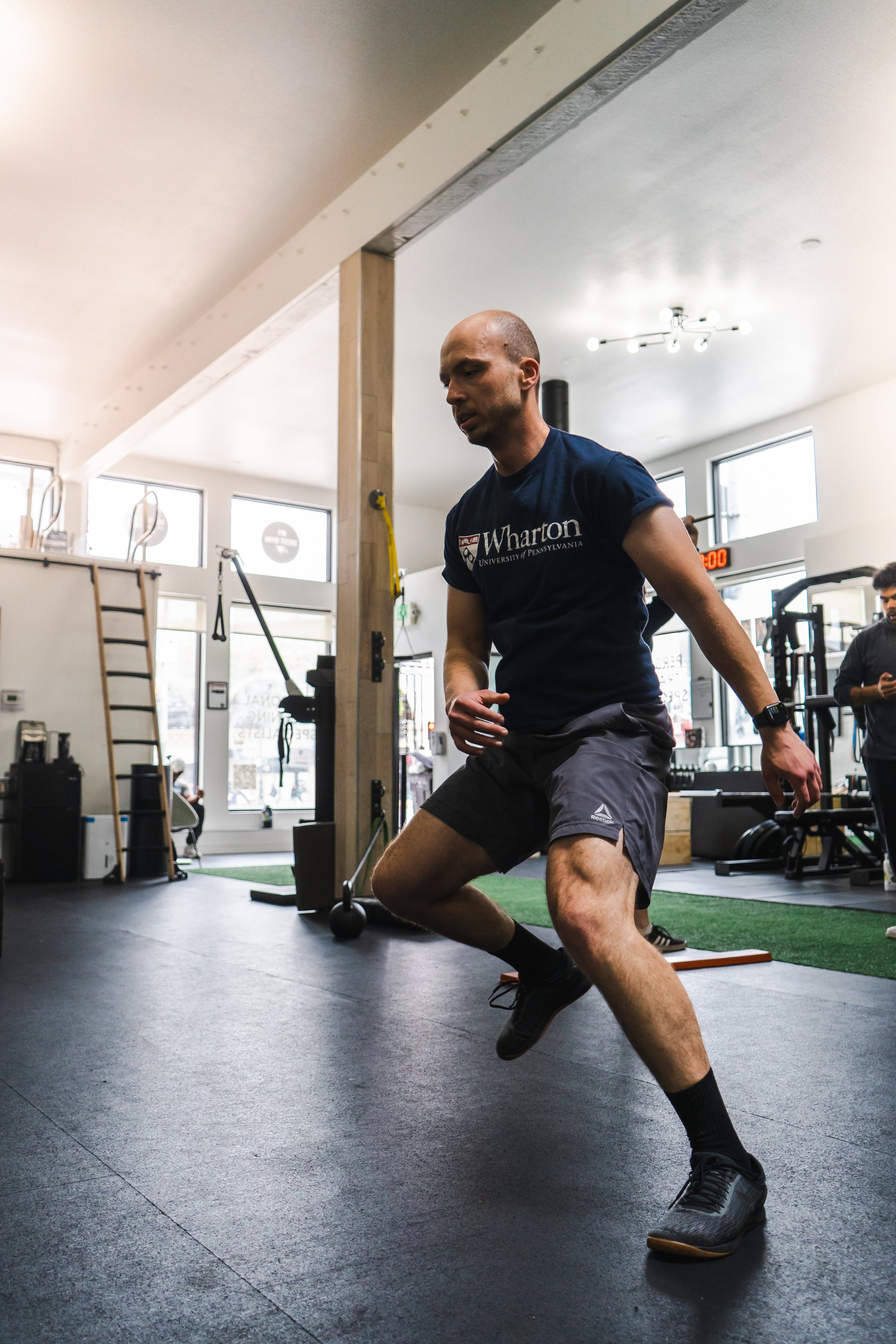The Downfall of Plentiful Information
The Internet is an amazing resource. It allows virtually instantaneous access to the latest and greatest information. One important caveat: a lot of the information is inaccurate. This is true with any medium, but because there is no quality control that content on the Internet has to go through before becoming public domain, low-quality content is especially pervasive.
Although this may be perspective bias on my part, the fitness industry is one particularly prone to the aforementioned problem. There is a minimal amount of regulation in the industry, lots of self-proclaimed experts, and a plethora of fads and polarizing commentary. Let’s discuss some critical thinking strategies you can use to determine if the information you are reading is accurate.
Unfortunately, if you really want to have a clear picture of what research indicates, you need to see it firsthand to see if the popular literature matches up with the research its suppositions are based upon. An alternative strategy is to find fitness professionals who you trust to make a synthesis of research in the field that injects as little bias as possible.
Be wary of very general or absolute statements. Any sweeping statements about an exercise or product being “bad” or some kind of panacea should be carefully considered. For example, I’ve seen numerous articles that declare “sit ups are bad for your back.” There is A LOT of nuance missing from this statement; the resultant statement is so oversimplified it bears little resemblance to what the original research on sit ups and spine health actually indicates. The following more accurately describes what the original research suggests:
When subjecting the spines of pig cadavers to the stress of a sit up, compressive forces measure over 3000 Newtons. This exceeds an established threshold for safe loading of the spine for workers. The main researcher who measured this level of spinal loading suggests that you can similarly stimulate some of the trunk muscles without as much compressive load on the spine, and thus you should consider using alternatives for chronic low back pain patients.
That’s a mouth full, and it doesn’t have quite the same headline buzz that “sit ups are bad” does. I understand why popular literature doesn’t tend to go into that level of detail. It’s not as flashy, and honestly, a lot of the folks writing for popular fitness publications don’t have the knowledge base to properly interpret the direct research. Unfortunately, this kind of simplification completely obfuscates the original recommendations. Basically, if you are doing many hours of sit-ups per week or are a chronic low back pain patient, then sit-ups may be a poor choice for you. For most people, who perform minutes worth of sit-ups over the course of a week with a healthy spine, they are probably completely fine.
Pay attention to very specific language in research compared to popular literature. Simply changing one or two words expressed in research can completely change the message. Sometimes this happens while paraphrasing the research directly, and sometimes it happens through a game of Internet telephone where people rehash information they read from other popular literature sites repeatedly. Either way, the implications of this small change can be pretty important.
For example, I have seen many sources of information suggest that low carb diets are optimal for fat loss. Low carb diets have not been shown to be more effective for fat loss. However, low carb diets have shown superior weight loss. Even then, this is only true in the short term. This is an important distinction, because when people say they want to lose weight, what they actually want is fat loss (most of the time). Fat loss is what leads to measurable improvements in health and has positive aesthetic implications. Weight loss, on the other hand, can include loss of muscle mass, body water, bone mass, or glycogen stores (our body’s storage depot of carbs). None of those sources of weight loss are particularly desirable from a health or vanity standpoint. Although there are potentially some psychological benefits to seeing bigger scale changes early in a fat loss program, statements like the one above are ultimately misleading. In the case of a low carb diet, losses in body water and stored glycogen do indeed account for the differences noted in weight loss when compared to a more balanced diet. Also, over the long term, there is virtually no difference in terms of fat loss or weight loss when comparing the two types of diets.
Be careful to differentiate between research that studies chronic and acute changes in physiological markers. This is the same as simply asking the question: did the research measure changes over a short or long period of time? For example, a commonly suggested benefit of lower body resistance training is that the increase in anabolic hormones seen after training very large muscle groups (i.e. the muscles in the legs) helps to potentiate growth in the upper body. Among fitness researchers, this is known as the hormone hypothesis, and it has largely been debunked. This kind of distinction is tricky, because typically the acute research does indicate a possible connection over the long term, but it always needs to be measured directly. In this case, the transient changes to hormone levels seen after a workout seem to have virtually no impact on muscle growth at all, let alone muscle growth in a different region of the body. It’s not an unreasonable assumption, but an assumption nonetheless. To be fair, there are numerous other reasons to train the lower body, but the very temporary surge in anabolic hormones isn’t one of them.
The last piece of critical thinking information I’ll suggest is make sure there is a body of literature supporting an idea, not just one study. In the fitness world, research is often riddled with poor statistical power - that is, sample sizes are very small, adherence is sometimes questionable (further shrinking sample size), and there are some individual differences in physiology. The result is that a finding in research typically needs to be duplicated many times over before it becomes clear that there is a connection. If you read an article referencing a recent piece of research, awesome! However, instead of taking the finding of that study as gospel, I would instead file it under “keep an eye on this topic,” and look for further research that corroborates the original finding later down the line. One example of this (sort of) is based on studies looking at interval training for fat loss. There is a phenomenon called EPOC, which basically describes a lingering demand for additional energy by your body for hours after a very intense bout of exercise, such as high-intensity interval training. This looked really promising, and for a while, HIIT cardio was touted as the holy grail of cardio for body composition changes. Unfortunately, further research indicated that this additional energy demand was much less than initially thought. Ultimately, the overall energy expenditure of an exercise bout is by far and away the most important factor related to body composition changes, and the deficit created by EPOC is too small to turn HIIT cardio from a reasonable alternative to steady state cardio into a fat loss phenomenon.
That’s all I have for today. This blog post is a lot more technical than some of my earlier ones. If some of this stuff went over your head, that’s okay! Not everyone is prepared to interpret research at all, let alone on a topic that requires a pretty substantial knowledge base to fully grasp. The best alternative is to find professionals you can trust to interpret this information for you. That might be a source of popular literature that implements these critical thinking strategies, or it could be a personal trainer that tries to keep up with current research. A couple of my favorite websites that really comb through new research as it comes out are:
The first one can be pretty dry to read, but the second one is reasonably digestible by the layman or average fitness enthusiast. Keep up the good working trying to stay informed and educated, just be careful not to get thrown off track by gurus and flashy headlines. Good luck out there.











